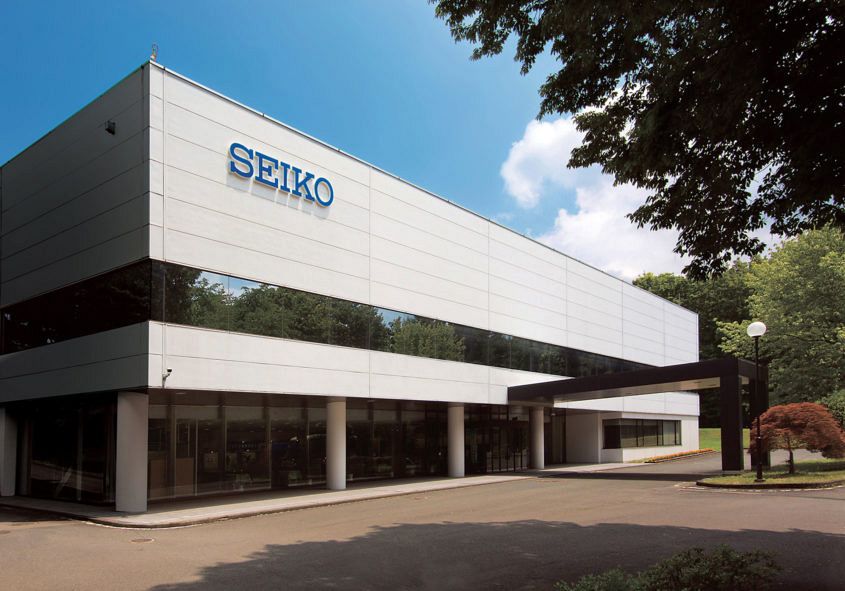 I’ve always liked Seiko. One of the first watches I ever bought was a Black Monster, followed by an ever-rotating roster of rock-solid SKX divers as well as the odd vintage piece including an original Turtle, a 6139 ‘Pogue’ chronograph (sadly missed) and not one but two 4006-6031 Bell-Matics (neither of which are currently running, but that’s a different story). So when Seiko Australia invited me to tour the company’s Japanese production facilities (wearing an Astron), I jumped at the chance. It’s fair to say I had some pretty solid preconceptions about what I’d experience. I was super-pumped to see the Micro Artists Studio, and Morioka, where Grand Seiko is assembled. Turns out I was not prepared, at all. My ideas about Seiko were not wrong, exactly, but they certainly fell short of capturing the scale of the operation. Day one’s hour-long presentation outlining the corporate structure made that crystal clear. The multiple factory tours and huge rooms full of people and equipped with machinery both modern and ancient sealed the deal. So, in no particular order, here are four things I learned from my visit. There’s quartz and then there’s quartz I don’t think I’d be the only person reading this who could be…
I’ve always liked Seiko. One of the first watches I ever bought was a Black Monster, followed by an ever-rotating roster of rock-solid SKX divers as well as the odd vintage piece including an original Turtle, a 6139 ‘Pogue’ chronograph (sadly missed) and not one but two 4006-6031 Bell-Matics (neither of which are currently running, but that’s a different story). So when Seiko Australia invited me to tour the company’s Japanese production facilities (wearing an Astron), I jumped at the chance. It’s fair to say I had some pretty solid preconceptions about what I’d experience. I was super-pumped to see the Micro Artists Studio, and Morioka, where Grand Seiko is assembled. Turns out I was not prepared, at all. My ideas about Seiko were not wrong, exactly, but they certainly fell short of capturing the scale of the operation. Day one’s hour-long presentation outlining the corporate structure made that crystal clear. The multiple factory tours and huge rooms full of people and equipped with machinery both modern and ancient sealed the deal. So, in no particular order, here are four things I learned from my visit. There’s quartz and then there’s quartz I don’t think I’d be the only person reading this who could be…
The post INSIGHT: The most impressive quartz watch in the world and 3 other surprising things I learned about Seiko in Japan appeared first on Time and Tide Watches.